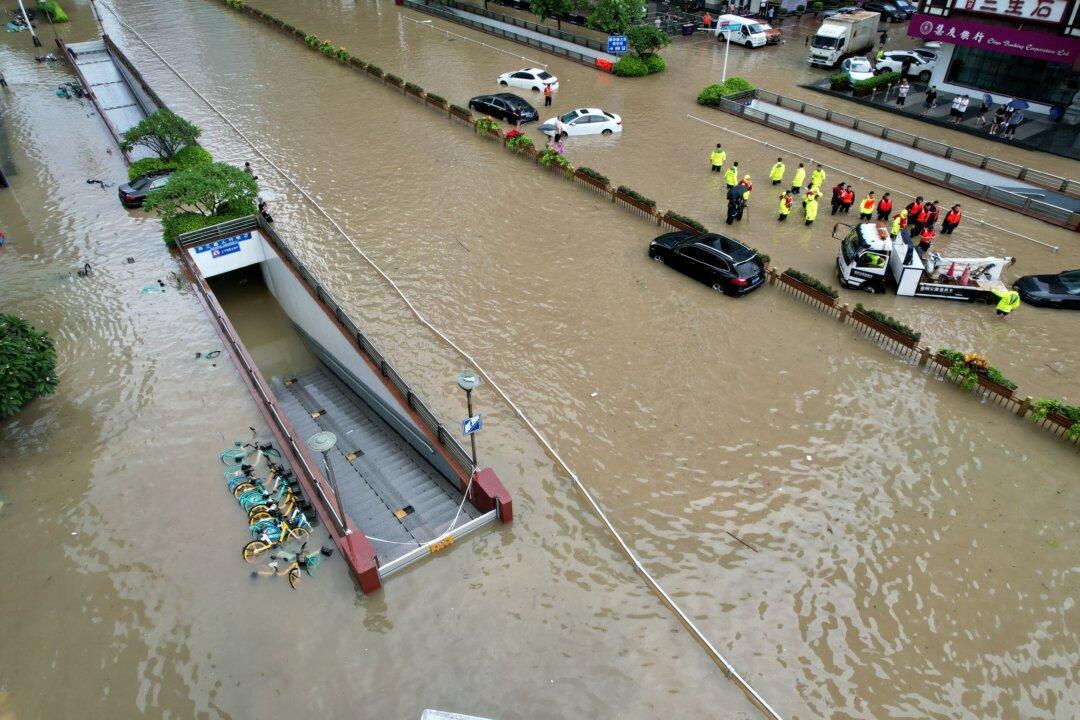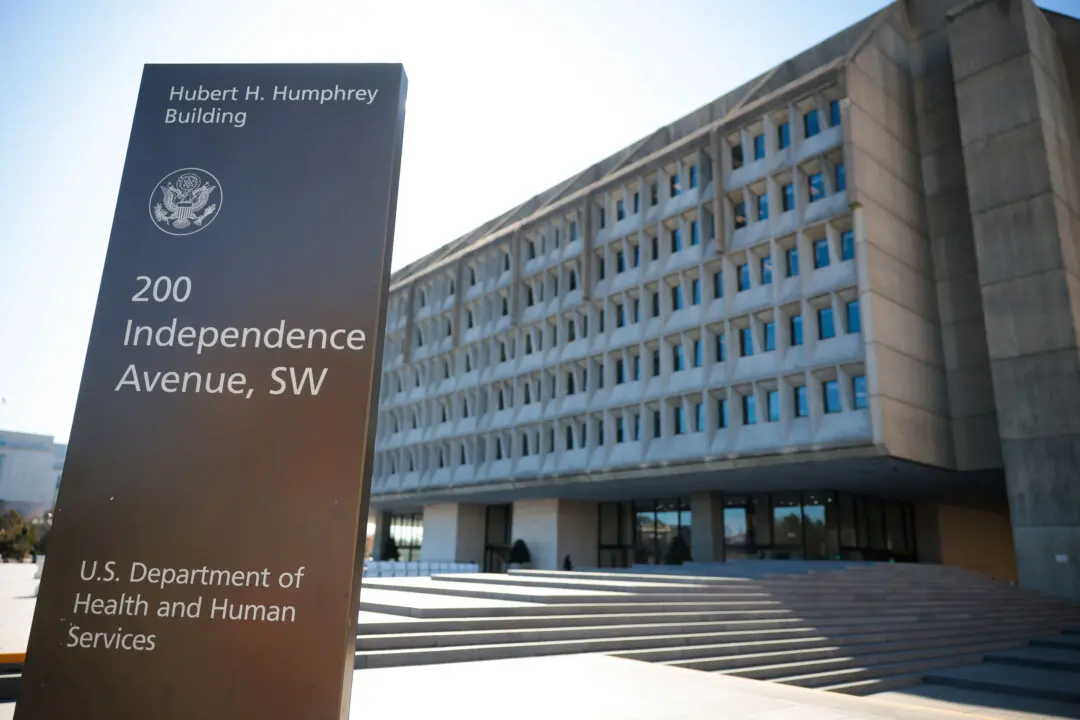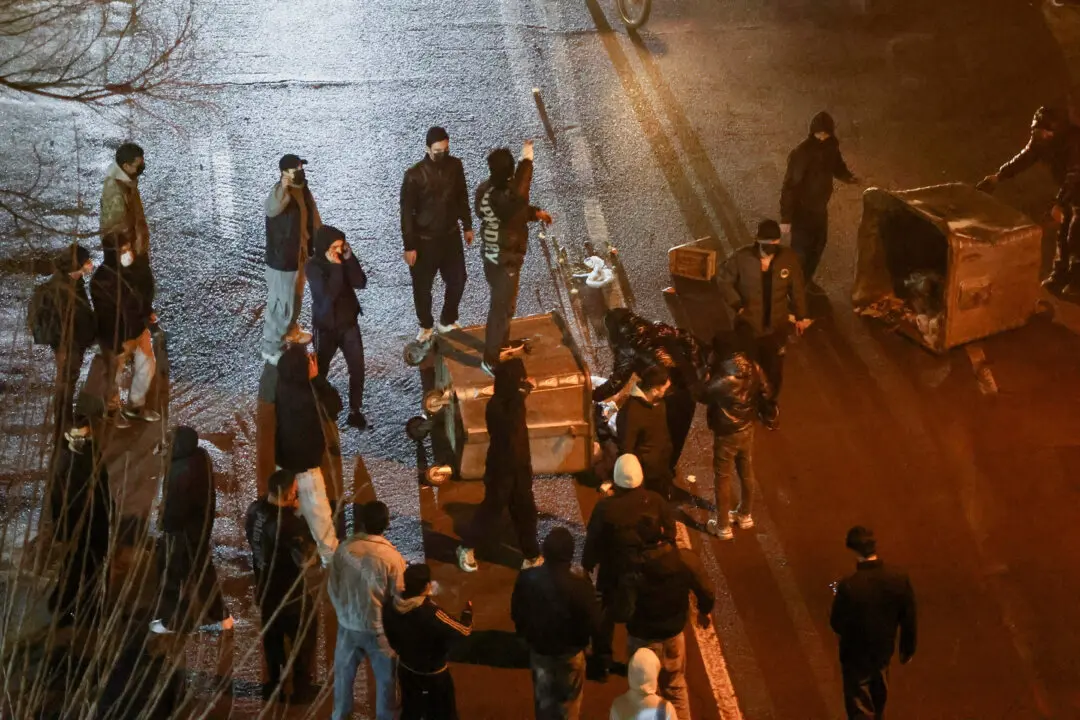Tens of thousands of people were forced to flee their homes in Beijing as Typhoon Doksuri brought torrential rains across northern China for the fourth day, prompting Beijing to issue the highest level of flood alert.
Typhoon Doksuri made landfall in China’s Fujian Province on July 29 after bringing heavy rains and extreme winds to Taiwan. More than 31,000 people have been evacuated from their homes in Beijing due to widespread flooding.





